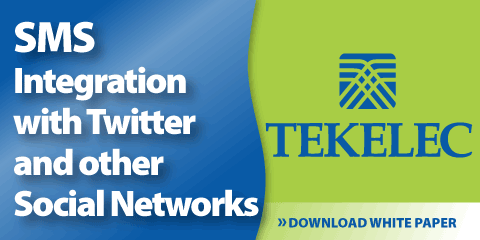
By
Bill Otto
Are you challenged to satisfy the growing demands of your enterprise customers? Is lack of automation impacting your profitability? Are you struggling to deliver and manage complex and virtualized service offerings such as Virtual Ethernet LANs?
While true for all services, these challenges are especially significant for enterprise services. Let us explore each of these challenges.
Customer Demands
Large corporations have gained increasing power. Competition has provided them with multiple choices in Service Providers, so their procurement organizations can demand reduced pricing and increased features.
They are demanding flexibility, control, and improved experience. Despite Service Level Agreements, Service Providers have limited insight and many customers have no insight into service problems.
Attracting and retaining enterprise customers is hindered by lack of a real-time, customer-centric understanding of enterprise business services or physical network assets. Service Providers don’t know in real-time what services or customers are impacted by a network change or fault or what level of service they are actually providing. So Service Providers are unable to provide proactive support to their most important customers, such as fixing network faults that impact high priority customers before performing routine or low-profile troubleshooting.
|
|
CSPs do not have real-time insight into utilization by location or by product, which makes forecasting or targeting specific growth a challenge. |
|



and minimizing profit. Every step in the service delivery lifecycle takes too long and is too complicated, resulting in delayed service revenues, high initial and ongoing costs, and customers lost to more customer-focused, leaner competitors.
Service Providers do not have real-time insight into utilization by location or by product, which makes forecasting or targeting specific growth a challenge. They also lack a dynamic registry of services or a real-time service catalog of network capabilities.
Service design and deployment are not only slow, but also subject to error and rework because they rely on historical network
|
|
|
|

Yet, increasing customer retention reduces churn and has substantial impact on the bottom-line.
Profitability Pressures
Manually intensive operational processes are eating into Service Provider revenue growth
|
|

inventory records. Service designers do not trust the inventory systems because the systems do not model network inventory accurately, so double-check their designs manually. Such rework and labor-intensive efforts are costly and ultimately result in delayed service introduction and poor customer service.
article page
| 1
| 2
| 3 | |
|






